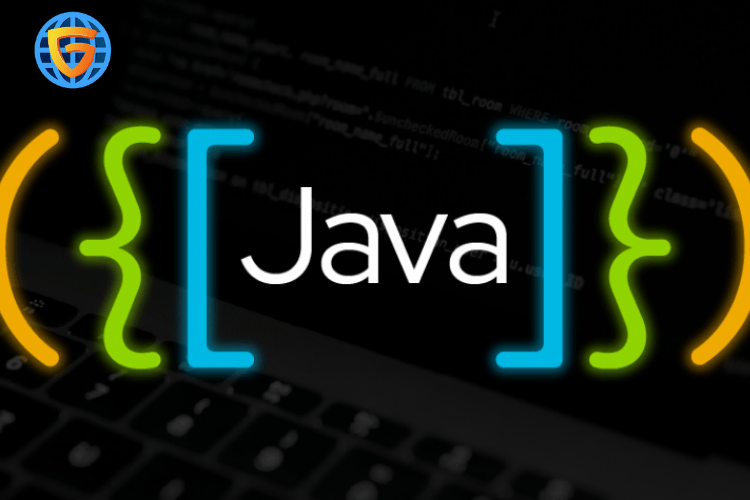In order to optimize your enterprise application, there are some crucial techniques to follow along with a high-performance data access layer that requires a lot of knowledge of internal database components, JDBC, JPA, and Hibernate.

SQL Statement Logging
If you are using a framework that generates statements on your behalf, you should demonstrate the effectiveness and efficiency of each executed statement. Before you commit your code, a testing-time assertion mechanism is considered even better.
Connection Management
Try to always use a connection pooling mechanism, as database connections are found expensive. The reason behind this is that you need to release connections as fast as possible because the number of connections is allotted by the abilities of the underlying database cluster.
JDBC Batching
You can send multiple SQL statements in a single database round trip using the JDBC batch. Improving performance is critical for both the driver and the database. A very good candidate for batching is PreparedStatements, while some database systems, like Oracle, support batching only for a prepared statement. If you are generating statements manually, you should know right from the beginning whether to use batching or not since JDBC defines a definite API for batching. In addition, you can switch to a batch with a single configuration with Hibernate.
Statement Caching
One of the least-known performance optimizations to take advantage of is statement caching. You can cache PreparedStatements, based on the underlying JDBC Driver, both on the client-side or databases-side.
Hibernate Identifiers
Identity generator is not a good choice when using Hibernate because it disables JDBC batch processing. Moreover, TABLE generation is even poorer, as it uses a separate transaction for fetching a new identifier to put pressure on the underlying transaction and the connection pool. However, SEQUENCE is the apt choice.
Selecting the Right Column Types
Make sure to always consider the right column types on the database side. If the column type is more compact, the entries in the working database will also be larger, making indexes more user-friendly.
Relationships
Hibernate ships with many types of relationship mapping; however, not all are the same in terms of efficiency. Avoid using one-way collections and @ManyToMany lists. However, bidirectional @OneToMany associations are preferred in order to entity collections. Besides, use Set(s) for the @ManyToMany relationship, as they are more efficient, or else map the linked many-to-many table and switch the @ManyToMany relationship into two bidirectional @OneToMany associations.
Inheritance
The impedance gap between object-oriented languages and relational databases becomes even more evident when it comes to inheritance. To handle inheritance mapping, JPA provides SINGLE_TABLE, JOINED, and TABLE_PER_CLASS, where SINGLE_TABLE offers the best performance in terms of SQL statements. And, JOINED, in order to offer more complex statements, address the data integrity limitation. Additionally, TABLE_PER_CLASS does not make SQL statements efficient, so avoid using it.
Persistence Context Size
Always remember the size of the persistence context when using JPA and Hibernate. Try to limit the number of managed entities to achieve better memory management, thus making the default dirty check mechanism more efficient.
Fetch Only What is Necessary
The number one cause for data access layer performance issues is probably fetching too much data. The well-suited one for fetching custom views is DTP projections. However, when the business flow requires modifying them, only then the entities should be fetched.
Caching
To avoid disk access, relational database systems use many in-memory buffer structures. However, database caching is largely neglected. Apart from this, Application-level caching is mandatory for some enterprise applications, as it can reduce response time while allowing a read-only secondary story when the database is asking for maintenance or may be because of some serious system failure.
Concurrency Control
When it comes to performance and data integrity, the transaction isolation level choice is of utmost importance. Therefore, to avoid updates to web feeds with multiple requests, use constructive blocking with indifferent entities or an EXTENDED persistence context. Moreover, in order to avoid optimistic locking false positives, consider using versions of optimistic concurrency control or split entities based on write-based property sets.
Therefore, a high-performance data access layer must resonate with the underlying database system. Knowing the internal workings of a relational database and the data access frameworks in use could make the distinction between a high-performance enterprise application and one which hardly crawls.
Be a JAVA expert with GICSEH. Get enrolled for a Java training in Noida at GICSEH today.
Join GICSEH today!!